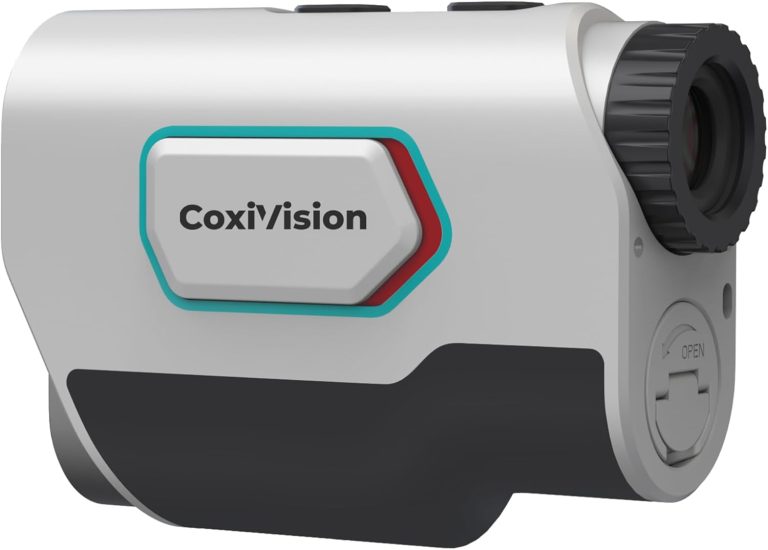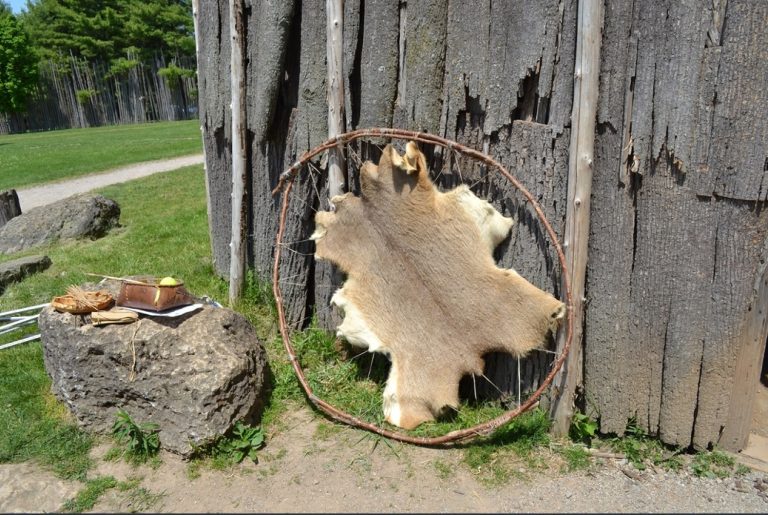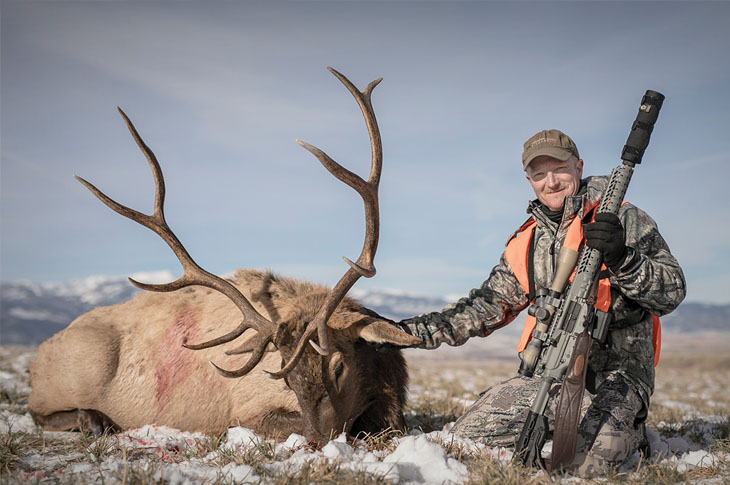Waterfowl hunting is an exciting activity of hunters in the U.S during the off-season. However, never start your game without knowing what types of shotgun pellets are allowed for waterfowl hunting in the U.S.
What Types of Shotgun Pellets Are Allowed for Waterfowl Hunting in The U.S?
They are shotgun steel, tungsten, and bismuth pellets!
Detailed answer:
Back then, the use of non-toxic shots was required since 1992 in many states. However, hunters in the U.S still managed to use lead bullets and lead tackle for waterfowl due to the confusing perception of the Secretary Zonke.
Nonetheless, now you cannot any longer.
Officially announced by Mr. Dan – the Director in the U.S. Fish & Wildlife Service on the waning days of Obama Administration that the use of toxic ammunition on lands and waters.
Specifically, lead pellets (shots) are not allowed to hunt ducks, coots, geese, and other waterfowl.
In other words, hunters must use non-toxic shots approved by the U.S Fish & Wildlife Service, including:
- Steel pellets in which plating is less than 1% of overall copper, zinc, or nickel;
- Bismuth-tin shotgun pellets;
- Tungsten pellets (tungsten-iron, tungsten-matrix, tungsten-polymer, etc.);
Moreover, the shot must be T-size (around 0.2 inches) or smaller.
Why Lead Shots Are Not Allowed for Waterfowl Hunting in The U.S?
Because lead is supposed to seriously affect the health of ducks, gooses, coots, etc. and in turn, it affects people and animals eating those waterfowls.
Detailed answers:
We know many of you have been used to shooting with lead pellets that is why you are concern about the new regulations on what types of shotgun pellets are allowed for waterfowl hunting in the U.S.
However, are you aware of how dangerous lead is?
First and foremost, the lead fragments left behind your shots are ingested by waterfowl and other animals. When the lead gets into the immune system, those animals become weak and easy to get ill. They can even succumb to poisoning.
Then, sick waterfowls possibly transmit the disease to others, causing a menace. Then, there are more and more animals exposed to lead-related problems.
Even you can also be affected when eating or contacting with the infected waterfowls or so.
Why The Non-toxic Shotgun Pellets Are Allowed and Recommended?
As the name suggests, steel, tungsten, and bismuth pellets are waterfowl-friendly. Not to mention, their performance is nearly as good as the lead shots.
Detailed answer:
What makes you hesitate from using the non-toxic shotgun pellets instead of the lead shots might be their cost and performance. Then, no worries anymore.
Also check: What Safety Precaution Should You Take When Hunting From A Boat?
In fact, the non-toxic shots are more expensive but worth it. Specifically, they are accurate and effective so that it takes fewer shells to kill waterfowls cleanly. In the end, you save more money on purchasing new shells.
It makes sense that you might not be excellent at shooting with those shotgun pellets in the beginning because you used to use lead shots for quite a time.
So, all you need are to research those modern pellets (or you can keep reading this blog “What types of shotgun pellets are allowed for waterfowl hunting in the U.S?” and practice more.
How to Use Steel, Tungsten, and Bismuth Pellets for Waterfowl Hunting?
Short answer: First is to understand the three approval types of shotgun pellets for ducks, gooses, coots, and more. Secondly, practice being better.














